If you or someone close to you is struggling with addiction and trying to make a positive change, one of the ways that communities and families alike can help is through harm reduction programs. Harm reduction programs offer a chance to reduce the level of harm that an individual might otherwise sustain from drug use with kindness and respect.
What is Harm Reduction?
Harm reduction refers to services that do not require total abstinence. Some people who struggle with addiction simply can’t yet reach the point of complete abstinence, and it’s important that those same people are met where they are and that they are encouraged to make positive changes.
These changes happen with programs under the umbrella of harm reduction. The goal of these programs is not immediate and complete abstinence but rather to reduce how much a person uses or to help them stop using one substance while they still use others.
Concrete goals are not as strictly applied to harm reduction as they allow people to make their own goals that are moving them toward positive change and empowerment.
Is Harm Reduction Enabling?
No, harm reduction is not enabling. Rather, it is a way to support people who may not yet be ready to make significant changes or who may be unable to at this point in their lives.
Examples of Harm Reduction Programs
Across the United States and Europe, there are several examples of harm reduction programs that have provided positive steps toward change and abstinence for many people.
Safe Drug Usage
In some communities, there are programs where individuals can come to a specific community center and use drugs in that center. These European models provide clean paraphernalia like needles to reduce the crossover of shared needles and infection. They also give people a safe and sterile place while they are high so that they aren’t on the streets risking additional dangers.
Naloxone and Fentanyl Access
Other programs provide things like naloxone as a way to immediately reverse an opioid overdose. Fentanyl test strips can also help people test whether they have fentanyl in other drugs.
This type of harm reduction service is more of a community outreach program where all citizens are encouraged to have these tools on them in case they come across someone who is struggling or who might be overdosing.
Get Help Today with Sequoia Recovery
At Sequoia Recovery Centers, we provide several levels of care so that our clients can get the help they need when they need it, in many cases after effectively using harm reduction services.
Inpatient
We start with inpatient and detox. For severe addiction, detox is a necessary step, one that takes place at our treatment center and typically lasts an average of one or two weeks. During this time, our staff will provide complete supervision and monitor your comfort and well-being, providing over-the-counter or prescription medication where necessary to keep your withdrawal symptoms to a minimal level of discomfort.
From there, we provide inpatient programs where you can start programs specifically for substances like alcohol, benzodiazepines, heroin, or prescription drugs. Our inpatient programs offer clients the highest level of support, structure, and supervision. You have the opportunity to step away from your daily life and reside at our center while undergoing your care.
Outpatient
For those who have completed an inpatient level of care or who don’t need the structure and supervision of a full-time residential program, we have a partial hospitalization program and an intensive outpatient program.
A partial hospitalization program gives you the same full-time schedule as an inpatient program but over the span of a few weeks instead of a few months. With this level of care, you also reside at home and come to our facility during the day for your full-time schedule of individual and group therapy sessions.
Similarly, intensive outpatient programs span several weeks instead of months, but they work on a part-time basis, so you only come a few days each week instead of every day each week, but you still get to reside at home.
Call us today to learn more about our addiction treatment programs.

